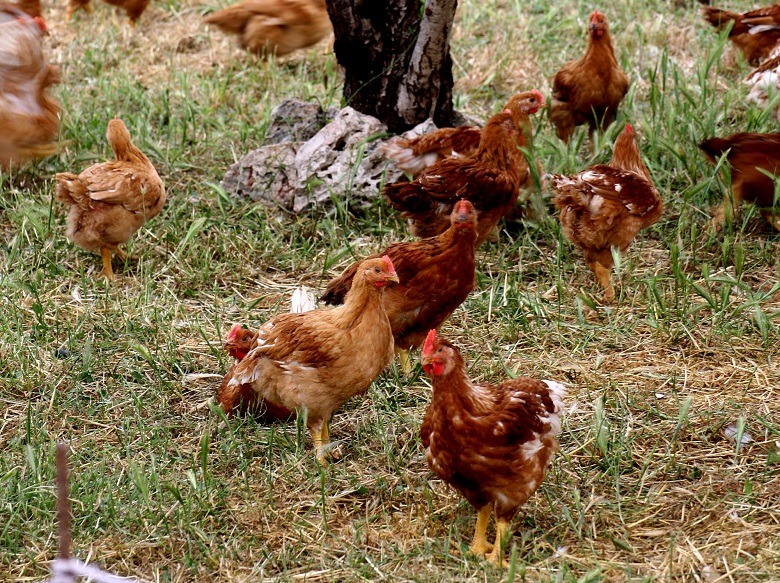
Italian beef production uses 25% less water
Being below the average can also be an advantage: meat production in Italy is in fact among the most virtuous, presenting a water consumption which is below the international average. On the occasion of World Water Day Sustainable Meat, an initiative of the main associations of the three Italian meat chains – Assocarni, Assica, Unaitalia – evidenced data on the water footprint of meat production in Italy, to punctually illustrate the environmental impacts of the sector, starting from beef production.
“With regards to the environmental impacts of livestock production some clarification is appropriate because often one reads misleading data that can confuse the consumer” – said Ettore Capri, Director of the Research Centre for Sustainable Development (Opera – UCSC). – “The amount of water employed in the production of meat, which also includes the data relating to the agricultural crops made to produce animal feed, is in fact constituted for the most part by ‘green water’ (i.e. rainwater), a renewable source and amongst the most sustainable. The water effectively consumed to produce meat (“grey” and “blue” water) is therefore reduced to considerably smaller amounts than the overall figure. Furthermore, the use of advanced technology in water management (e.g. recovery and purification) and a correct use during agricultural production, contributes to make them more sustainable”.
The water footprint of the Italian beef production amounted to 11,500[1] litres of water to produce 1 kg of meat (25% less than the 15,415 litre world average), and only 13% (1,495 litres) of this it is really “consumed”. The remaining 87%, is therefore constituted of “green water”, in other words rainwater used in the cultivation of raw materials for animal feed.
Considering the amount of beef recommended in a balanced diet[2] (2 portions of 70 to 100 g per week), it emerges that eating meat in the right amount does not involve a significant increase of the environmental impact, with a real consumption of about 300 litres of water per week.
The reasons for a lower volume of water being used in Italian production are to be found in the national livestock system which, being based on the combination of extensive and intensive farms, permits the achievement of a good efficiency in terms of resources used per kg of meat produced. Moreover it can be observed how Italian beef production occurs predominantly in the best areas with a greater availability of water (for example along the Po River and its tributaries).
The water footprint[3] is the sum of three contributions that are partly real and partly virtual: evapotranspirational water used by plants to live (green water), water effectively used by production processes or to irrigate the fields (blue water) and the water potentially needed to dilute and purify waste water (grey water). For agricultural food products, the “green water” component is by far the most significant of the three, constituting almost the totality of the impact.
On the whole, the entire meat sector (bovine, poultry and pork) uses 80-90% of the water resources part of the natural water cycle, which are reinstated to the environment as rainwater; only 10-20% of the water needed to produce 1 kg of meat is really consumed.
[1] Mekonnen, M.M., Hoekstra, A.Y. The Green, Blue and Grey Water Footprint of Farm Animals and Animal Products. Value of Water Research Report Series no.48,UNESCO-IHE, Delft, the Netherlands, 2010
[2] Source CRA-NUT (now CREA)
[3] As determined by the reporting protocol developed by the Water Footprint Network – www.waterfootprint.org






